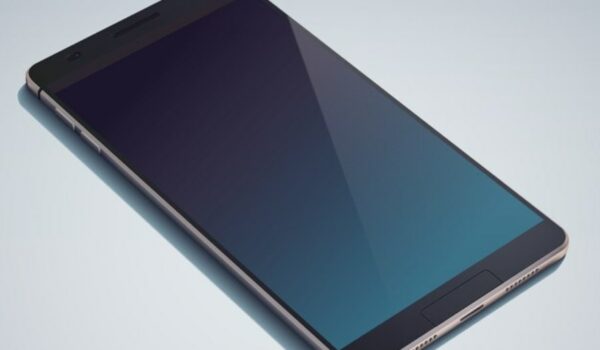The Lenovo K80 emerges as a noteworthy contender in the competitive world of mobile technology. This article delves into the intricacies of the Lenovo K80, scrutinizing its specifications, performance, and comparison with its rivals like the Asus ZenFone 2 and Xiaomi Mi 4.
Our analysis aims to provide readers with a comprehensive understanding of its capabilities and how it fares in the modern tech landscape.
Lenovo K80 Review and Specifications
The Lenovo K80, a touchscreen Android smartphone, stands out in the market, notably challenging the Asus ZenFone 2 with its 4GB RAM offering in China. Operating on Android OS v5.0 Lollipop and powered by a Quad-core 1.8 GHz processor, this model boasts a 5.5-inch display. However, it’s important to note that its global launch is still pending.
Software
The Lenovo K80, in its competitive stance, parallels the Asus Zenfone 2, both running on Android 5 Lollipop. This contrasts with the Xiaomi Mi 4, which operates on Android 4.4.3 KitKat. Such diversity in operating systems among these models highlights the varying user experiences and functionality offered.
Review
The Lenovo K80, a robust and aesthetically pleasing smartphone, competes closely with Asus ZenFone 2 and Xiaomi Mi 4. Key features include:
- 5.5 inch 1080p HD display;
- Dual LED flash;
- 4GB of RAM;
- 4,000 mAh battery;
- 13MP rear camera with Optical Image Stabilization (OIS);
- 64GB of internal storage;
- 8.5 mm thick chassis.
This model is notably the world’s second to offer 4GB of RAM. The handset supports dual SIMs and is available in black, silver, and red colors. It’s powered by a 64-bit Intel Atom processor and supports 4G LTE.
The Lenovo K80 not only stands as a competitive choice but also comes at a price point lower than the Asus Zenfone 2. Additionally, a variant with 2GB RAM and 32GB storage is expected to launch soon.
Specs:
- Dimensions: 8.5 mm;
- Display: 5.5 inches, 1080 x 1920 pixels (~401 ppi pixel density);
- Processor: Quad-core 1.8 GHz;
- Connectivity: Wi-Fi 802.11 a/b/g/n, dual-band, hotspot, Bluetooth v4.0, A2DP, FM radio, microUSB v2.0;
- OS: Android OS, v5.0 (Lollipop);
- RAM: 2GB/4GB;
- Storage: 32/64 GB, expandable via microSD up to 32 GB, Dual SIM (Micro-SIM, dual stand-by);
- Camera: 13 MP, 4128 x 3096 pixels, optical image stabilization, autofocus, dual-LED flash; Secondary camera available;
- Additional Camera Features: Geo-tagging, touch focus, face/smile detection, panorama, HDR;
- Battery: Li-Ion 4000 mAh;
- Sensors: Accelerometer, proximity, compass;
- Announced: April 2015.
Performance and Usability
When it comes to performance and usability, the Lenovo K80 presents several noteworthy aspects:
- Performance Efficiency: The Quad-core 1.8 GHz processor ensures smooth operation, suitable for multitasking and demanding apps;
- Display Quality: With a 5.5-inch full HD screen, the device offers vibrant and clear visuals, enhancing the user experience for both media consumption and everyday use;
- Battery Life: The 4000 mAh battery provides extended usage, reducing the need for frequent charging;
- Camera Capabilities: The 13MP rear camera with OIS allows for sharp, stable photography, even in less-than-ideal lighting conditions. The various camera features like HDR and face detection further enrich the photography experience.
The Lenovo K80’s market positioning demonstrates a strategic approach to providing high-end features at a competitive price point. This approach reflects a broader trend in the industry where value-for-money and feature-rich models are increasingly sought after. This trend is not only evident in Lenovo’s offerings but also in other brands like HTC, as seen in models like the HTC Desire Eye E1.
Conclusion
The Lenovo K80, with its robust feature set and competitive pricing, represents a significant player in the smartphone market. From its impressive display and camera capabilities to its efficient performance and long-lasting battery, the K80 offers a compelling option for users seeking a high-quality, affordable smartphone.
This review underscores the device’s strengths and positions it as a strong alternative to more established models, paving the way for a more diverse and competitive market.
